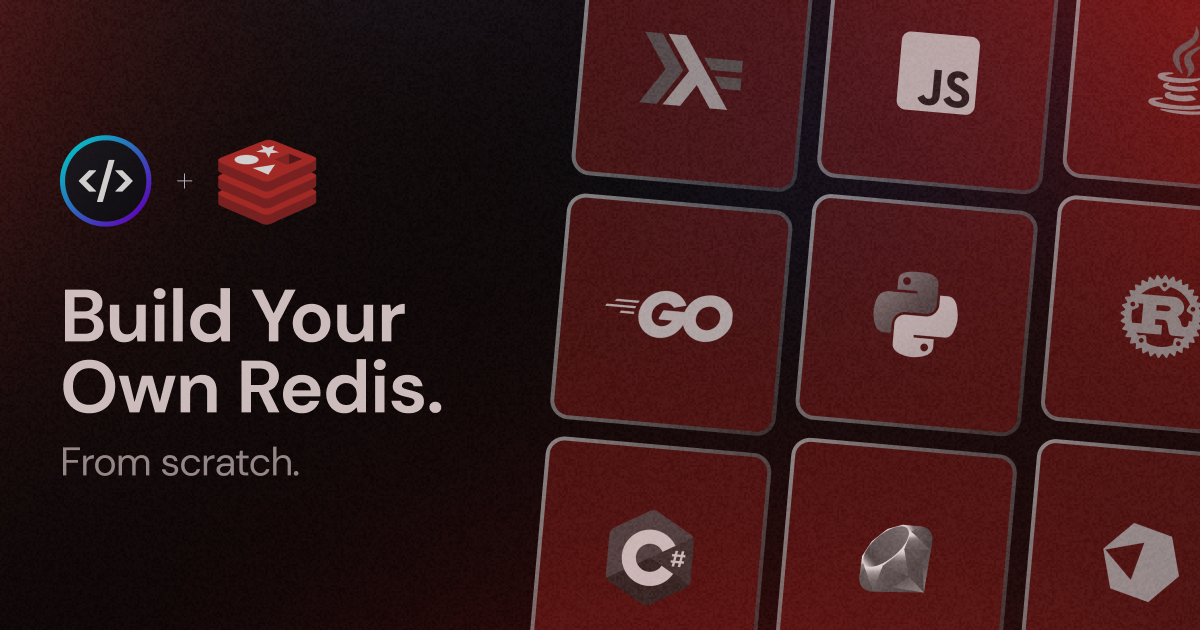Whats next
Great job on reaching the end of this series and building your own InMemory database. I hope you found the articles fun and easy to understand.
The main idea behind these articles was to share knowledge and make the complex topic of Database internals easier to grasp for everyone. Whether you’re new to how databases work or looking to create something similar, I wanted to help clear things up.
You can find all the code for our project on Github. I’ve made sure to explain everything in detail in the commits, breaking them down to match the parts of the articles.
Take Your Learning Further with CodeCrafters
Now that you’ve got a handle on building something similar to Redis, why not put your skills to the test? I recommend trying the Redis clone challenge on CodeCrafters. It’s a fantastic way to apply what you’ve learned and get some practical experience. Plus, by using my referral link CodeCrafters Redis Challenge 40% discount, not only do you get to challenge yourself, but you also help support this blog. Give it a try and see how well you can do!
Thank you for following along with this series. I can’t wait to see what you build next!
What to do next
Throughout the articles, we only covered a few commands similar to those in Redis. Why not take a look at other commands and try implementing them yourself?
There are also some topics we didn’t get into, like Pipelines for batching commands, and Pub/Sub for sending messages between users. These are great areas to explore next.
Or, if you’re interested in learning about other types of databases, start with how MySQL works. A good starting point is to read the source code of SQLite. It’s a simpler SQL database and can help you understand different concepts from what we’ve discussed.
